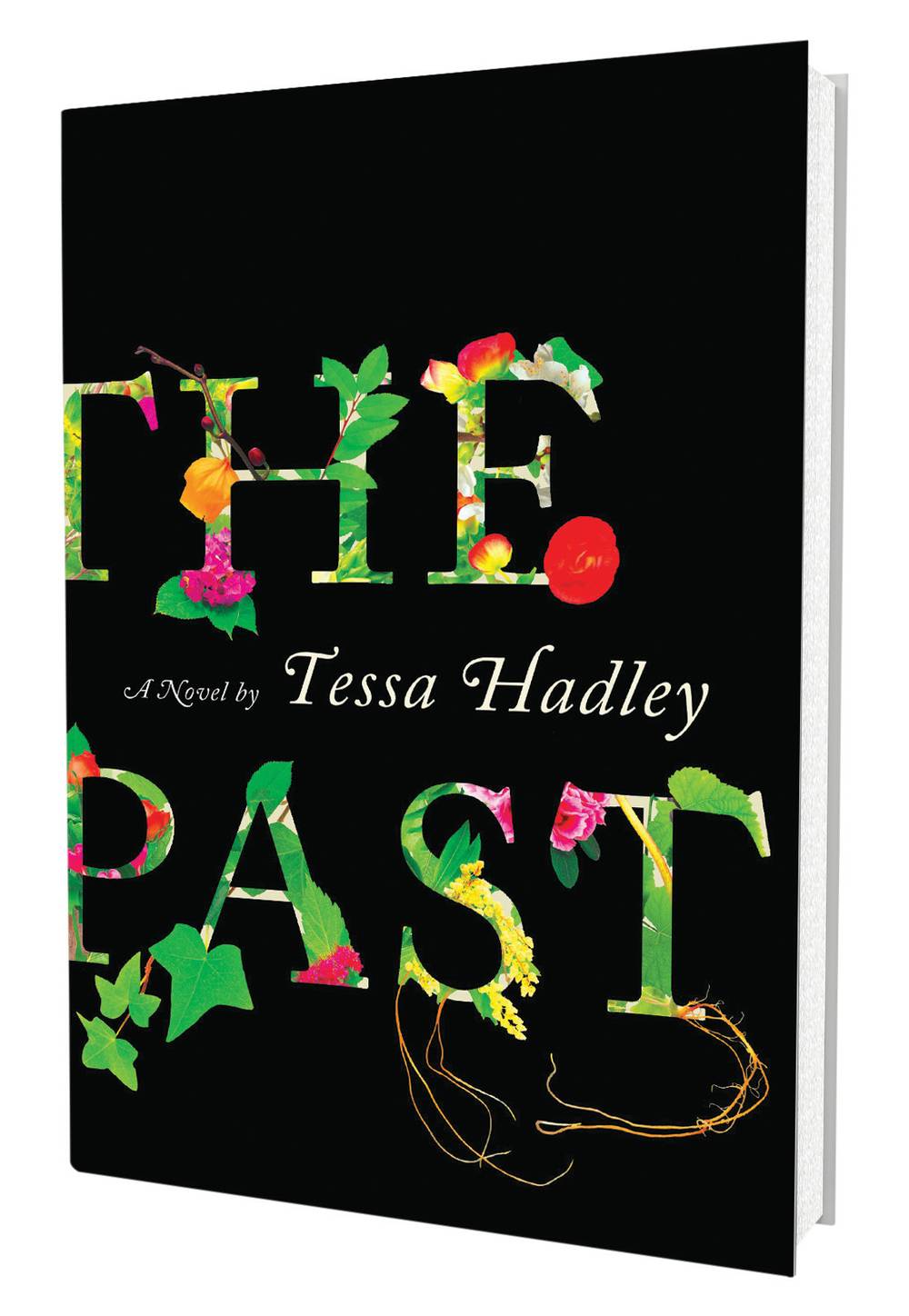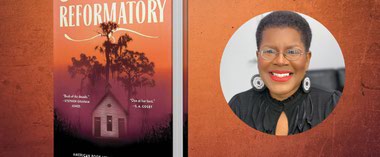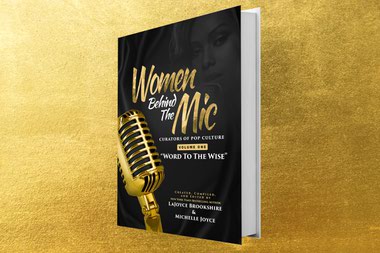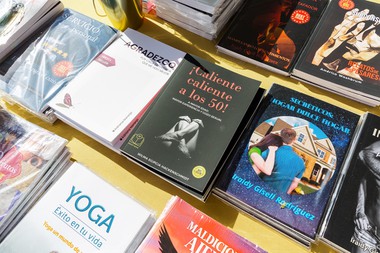
The Past: A Novel By Tessa Hadley, $27.
For anyone unfamiliar with the concept that the past shapes the present, Tessa Hadley helpfully titled her latest novel The Past. She also organized it into three parts: “The Present,” “The Past” and “The Present.” Because, you see, past is prologue, and all that.
So the quirks of four middle-aged siblings gathered for a three-week holiday at their old family home in the west of England trace directly to their bright but flighty mother and self-absorbed, absent father. This is clear even before the middle section, which drops back to 1968, when Jill Fellowes brings her first three children back to that home, fleeing London and her husband, Tom, a newspaper reporter. This means returning to her parents, a bumptious Anglican cleric tending a dwindling flock of yokels and a canny but somewhat repressed mother. This pair also haunts their grandchildren’s present through a trove of letters found by one of Jill’s daughters.
Alice, the baby in the flashback section, is the second-youngest sibling, a failed actress diffidently negotiating her middle years. She brings along Kasim, the smug college-student son of her sometime lover, for reasons neither understands. He, in turn, flirts with Molly, the 16-year-old daughter of Roland, who arrives with his new wife, a cold and beautiful Argentinian émigré named Pilar, with whom the eldest sibling, Harriet, becomes obsessed.
Fran, the youngest, presumably conceived during Jill’s homeward flight, brings children Ivy and Arthur. Among the novel’s charms are Hadley’s characterizations of these two, and her shrewd scrutiny of children’s actions and motives generally, including those of the young siblings in the novel’s middle section. Ivy and Arthur instinctively traipse after Kasim and Molly, the grown persons nearest in age. When they are unimpressed with something the children show them, Hadley writes, “The abrupt cutting off of attention was a surprise to the children, who were used to being bathed in adult awareness.” Ivy resists melting down because her mother was not there—“she couldn’t risk disaster’s crescendo with no one to anchor it against.”
Hadley shifts omniscient point-of-view fluidly, a saving grace of a novel that sometimes needs saving. Her turns of phrase occasionally startle more than surprise, and the adult characters’ idiosyncrasies can be tedious. But she deftly weaves together the third-person narratives, assembling a patchwork of crises rooted in the ever-present past. If some are only partly resolved—well, that’s what the future is for.
Find more by Chuck Twardy at chucktwardy.com.







